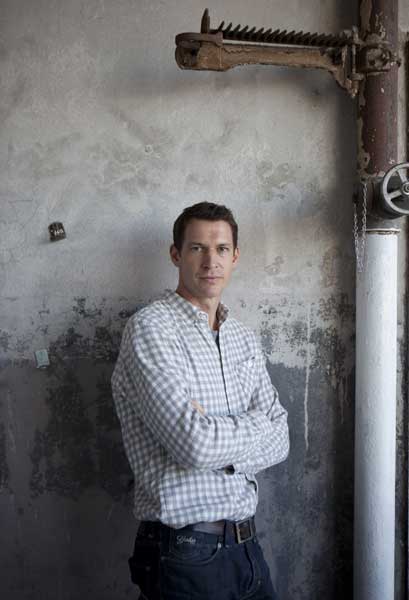Your support helps us to tell the story
From reproductive rights to climate change to Big Tech, The Independent is on the ground when the story is developing. Whether it's investigating the financials of Elon Musk's pro-Trump PAC or producing our latest documentary, 'The A Word', which shines a light on the American women fighting for reproductive rights, we know how important it is to parse out the facts from the messaging.
At such a critical moment in US history, we need reporters on the ground. Your donation allows us to keep sending journalists to speak to both sides of the story.
The Independent is trusted by Americans across the entire political spectrum. And unlike many other quality news outlets, we choose not to lock Americans out of our reporting and analysis with paywalls. We believe quality journalism should be available to everyone, paid for by those who can afford it.
Your support makes all the difference."Photography is dead in its traditional form," says Tim Hetherington. With the proliferation of digital culture, his view is that authenticity is now more important than style. "Many people can take pictures as good as mine but mine are more authentic because of my experience."
Liverpool-born Hetherington, who is 39, studied literature at Oxford and then spent three years writing and editing children's books before deciding to study photography. He has a new book coming out next autumn, Infidel (Chris Boot, £25), as well as a documentary film, Restrepo, made with the journalist Sebastian Junger, which will be shown at the Sundance Festival next month. Both are based on the five months he spent with a platoon of American soldiers in Afghanistan. Restrepo is an outpost in the Korengal Valley where the platoon is based and it was named after a US medic who was killed there.
Shooting both still and moving images, Hetherington has created an intimate picture of a group of young men in a terrible situation. "I was more interested in the nuances of male bonding than the usual heroic images of war." Part of the work is a series of photographs of the soldiers simply asleep which shows the vulnerability of those who we send to fight our wars. Though he previously spent many years covering the Liberian civil war, he refuses to be called a war photographer. "I don't want to be defined by the myth of the 'war photographer'."

Join our commenting forum
Join thought-provoking conversations, follow other Independent readers and see their replies
Comments